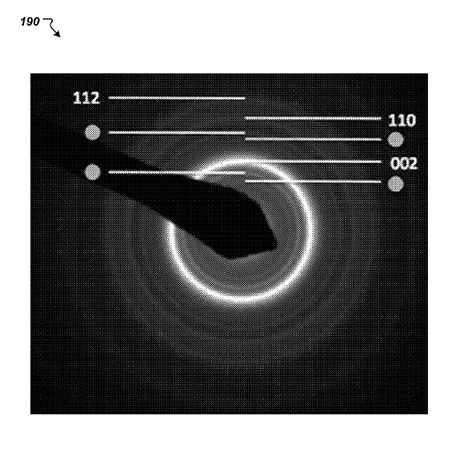A team from CMU, NETL, NASA Glenn Research Center & Magnetics, A Division of Spang & Co. awarded a US patent
Permeability engineering through strain anneal manufacturing is an innovative process for creating electromagnetic cores that demonstrate unprecedented properties. The technique was developed by a collaborative team from the National Energy Technology Laboratory, Carnegie Mellon University and NASA’s Glenn Research Center building on work conceived in partnerships with Magnetics, A Division of Spang and Company. The team’s experience, expertise and partnerships facilitated development of a commercialization-ready technology that links atomic-level changes to grid-scale impacts by allowing customization of a core’s magnetic properties for superior performance in broad applications.
In addition to extraordinary electromagnetic capabilities, the team’s achievement offers unique advantages in size, temperature, performance and efficiency:
· Produced magnetic cores transform electrical energy at higher frequencies, which dramatically reduces mass and volume of electromagnetic components while increasing power density. These gains improve performance, increase efficiency and promote responsible stewardship of the environment.
· The technology allows for reduction of component peak temperature, diminishing the need for cooling controls, boosting design efficiency, and increasing reliability.
· The manufacturing process reduces the number of processing steps, offering advantages in performance that could cut electricity costs and improve reliability and resilience of the electrical transmission and distribution system.
These advantages offer opportunities to stimulate new economic investments in manufacturing, ways to boost profits through increased efficiency,andpotential cost savings for businesses and consumers. Thanks to partnerships with Metglas and Eaton Corporation, the technology has a clear path into the marketplace, where it will benefit society by reducing the footprint of electric operations, driving down the cost and increasing the reliability of electricity, and improving the performance of electronics technology in the aerospace, aviation, automobile military, and other growth industries.
